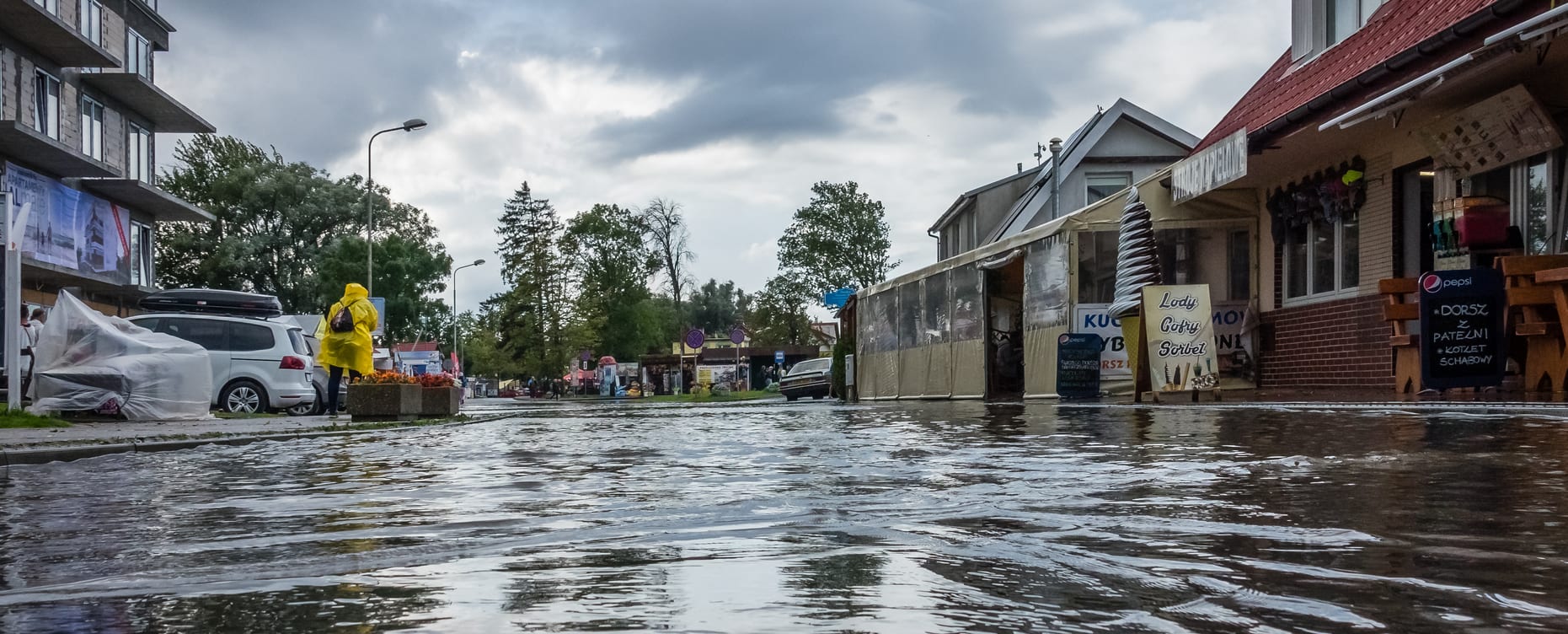Evacuation of At-Risk Population

Why are communities still struggling to evacuate at-risk citizens during an emergency?
In virtually every disaster, a disproportionate number of casualties are the elderly, disabled, or home-bound also referred to as socially vulnerable populations.
For example, in the Camp Fire incident in California most of the 86 people who died in the fire were senior citizens. Of the 69 bodies that have been positively identified, 53 were over the age of 65. This age group accounted for 77 percent of the fatalities.
In Hurricane Katrina 49 percent of the victims were 75 years old and older.
In Superstorm Sandy, 49 of the 106 deaths were 65 or older.
Ever since Hurricane Katrina, emergency managers, public health professionals, and emergency medical services directors have devoted significant attention to this problem, but many communities and regions still are not able to ensure the timely evacuation of all at-risk individuals.
There are many reasons for the lack of progress in solving this problem, but the most obvious is that most communities simply do not have enough patient transport capacity. Their existing ambulance pool is quickly depleted trying to cover the surge in injured during an emergency as well as the evacuation of hospitals, nursing homes, and home-bound individuals in a major event.
Typically, emergency managers have relied on mutual aid agreements with other jurisdictions or contracts with private ambulance providers to supplement their patient transport capacity.
However, with massive events like Hurricane Katrina, Hurricane Matthew, and Superstorm Sandy, the ambulance assets they were counting on were overburdened trying to handle casualties in their own communities.
One approach has been to buy an Advanced Life-Saving (ALS) equipped Medical Ambulance Bus (MAB). But an ALS level MAB costs between $500,000 and $1Million dollars. Most communities cannot secure enough grant funding to procure a MAB.
A Better Approach
What emergency planners need is a scalable, affordable, and flexible approach to multi-patient transport.
One option that is being used by many communities is to convert existing transportation assets on a permanent, or as needed basis to handle mass casualty situations.
By leveraging surplus or end of service school or metro buses, using a conversion kit such as the AmbuBus from First Line Technology, a community can have a vehicle that can transport up to 18 non-critical patients for well under $50,000.
The organization can often borrow the vehicles for temporary use or buy them for a nominal amount from the school or transportation district. They then purchase one or more AmbuBus conversion kits which cost between $25,000 to $50,000. Once assembled, which takes two people about two hours, the converted AmbuBus can carry up to 18 non-critical patients, two or more EMTs, and medical supplies.
By having at least one AmbuBus kit permanently installed the community has a multi-patient transport vehicle (MPTV) that can handle mass casualty incidents that have no prior warning.
They can then purchase additional kits that are unassembled and stored in wooden pallets. These can be stacked up in any available warehouse and used to temporarily convert additional buses for events such as hurricanes.
Since the installation of the kits does not require any holes to be drilled, the structural integrity of the vehicle is preserved, and it can be returned to regular service after the event.
Download the free white paper, “A Scalable Approach to Mass Casualty Transport“



